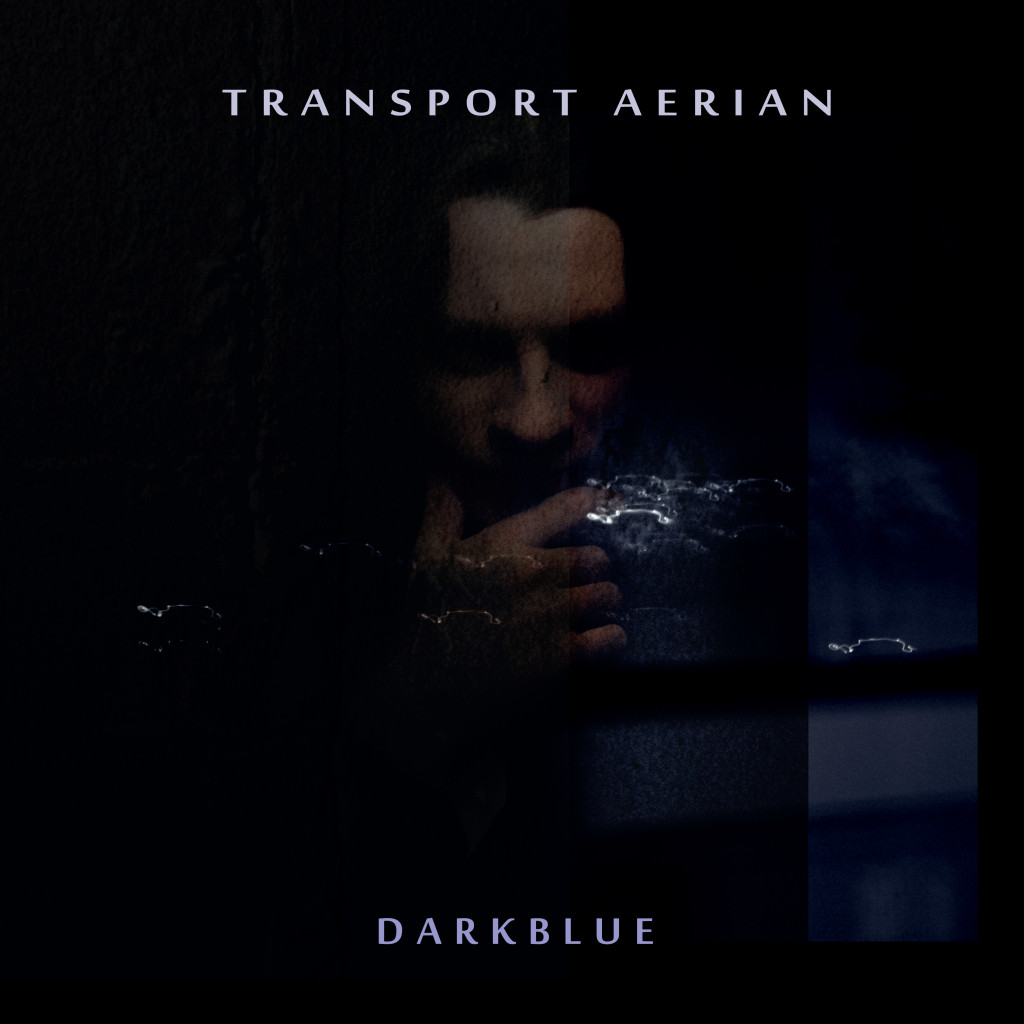Progressive rock and rock music in general are quite popular in Japan. If American or European bands can’t find audience on native ground, often there still is an audience in Japan. However, Japan also produces some good artists and music by itself. A good example is Yuko & Chronoship, an ensemble headed by keyboard player and vocalist Yuko Funakoshi, who surrounds herself with a band consisting of bass player Shun Taguchi, guitarist Takashi Miyazawa and drummer Ikko Tanaka. [acfw id=2]
This album, which will get a successor in 2015, after a succesful crowd funding campaign, consists of three different ‘suites’: Dinosaurs, R is for Rocket and Oxygen.
The first suite consists of 3 tracks. What was there first, the Dinosaur or the Egg? is a short keyboard soundscape, underneath a dino heartbeat, with a short, but fast guitar lead at the end. That is the intro to Dance with the Dinosaurs, which has a slightly jazzy bass line to it, but clearly puts the keyboards in the lead.
 While the dinosaurs dance, there’s a bit of room for guitar and bass to show what they can do – before the guitar ends the track in a true dino roar. After that roar, Ruler of the Earth kicks in, on which Yuka shows she can play piano as well – followed by keyboard, until after a closing chord we are back at the heartbeat that started the suite. A true homage to our distant ancestors.
While the dinosaurs dance, there’s a bit of room for guitar and bass to show what they can do – before the guitar ends the track in a true dino roar. After that roar, Ruler of the Earth kicks in, on which Yuka shows she can play piano as well – followed by keyboard, until after a closing chord we are back at the heartbeat that started the suite. A true homage to our distant ancestors.
After this the album looks at the future, R is for Rocket takes us into the era of space travel. Starting in Cutting Gravity with a countdown, the rocket starting up being mimicked by keyboards and heavy guitar, we prepare for a space trip. After launch, the guitar gives a feel of speeding up (Alex Lifeson anyone?), while the drums and bass image the pounding of an engine. When we enter space, things quiet down, and the music becomes more relaxed. The ending is a nice build up, starting with drums, to which bass, guitar and keys are added in sequence.
The story continues in Skygazer, which has a guitar and keyboard intro I noted down as ‘nutty’, and a drum rhythm that invites clapping. The keyboards move into something that could be intro music to a TV series, followed by drums and guitar working together, until the keyboards return in Vangelis style. At the end, the guitar keeps the rhythm, while the keyboard plays a children’s song – every listener should make his own story to this track I guess.
Then An Arrow of Glittering Music seems to bring us back to earth – with the sound of doors and bad speakers, then a a guitar being tuned. After tuning, a finger picked guitar plays a tune that sounds like classical music on a home recording. This grows more modern and moves into professional recording sound, At the end, a helicopter takes us straight into Blue Astronaut Helicopter. A piano joins the helicopter sound, followed by a guitar with a big chorus on it, over a heavy drum and bass beat – making it all sound like electronic dance music. The music takes over the whirring of the helicopter, then moves into a quitter soundscape – a little bit psychedelic rock like. As the beat returns, there’s a little flashback to 80s TV series Blue Thunder, before we switch to the final track of the suite Beyond the Fence, on which Yuka sings a short wordless melody.
The third suite, Oxygen, consists again of three tracks – O, O2 and O3, which are also the three forms of oxygen in nature (atom, oxygen molecule and ozone). Going through these three, we see that O is entered around a fiery guitar and whirling keyboards, clearly mimicking the fact that oxygen atoms try to form molecules when let loose. These molecules are formed in O2, when the slightly sterile chemistry sound of O is replaced by more lively O2, breathable air. As the keyboard and organ take the stage, Yuka again sings a little bit – in a quite bombastic song that begins and ends more quietly with just piano.
The finale of the suite, and of the album is O3, which brings at first long synth notes and percussion that give the impression of something dripping. Then the rest of the instruments join in full force, to create a wall of sound that only stops for a brief piano interlude. A piano over which Yuka sings in a voice that resembles Kate Bush, quite surprising and surreal. The wall of sound returns, and the whole pattern, including the piano and singing is repeated once more – and then everything comes together. To close it off, keyboards and percussion go back to the ‘dripping’ impression, accompanied by a mellotron choir – until a single dinosaur heartbeat ends the album.
Before reviewing this album, I had only heard the name of the band, never the music. I’m glad I do know them now. Yuka is a great composer and musician, and she has found a band that fits her ideas. I’m looking forward to the next album while enjoying this one.










